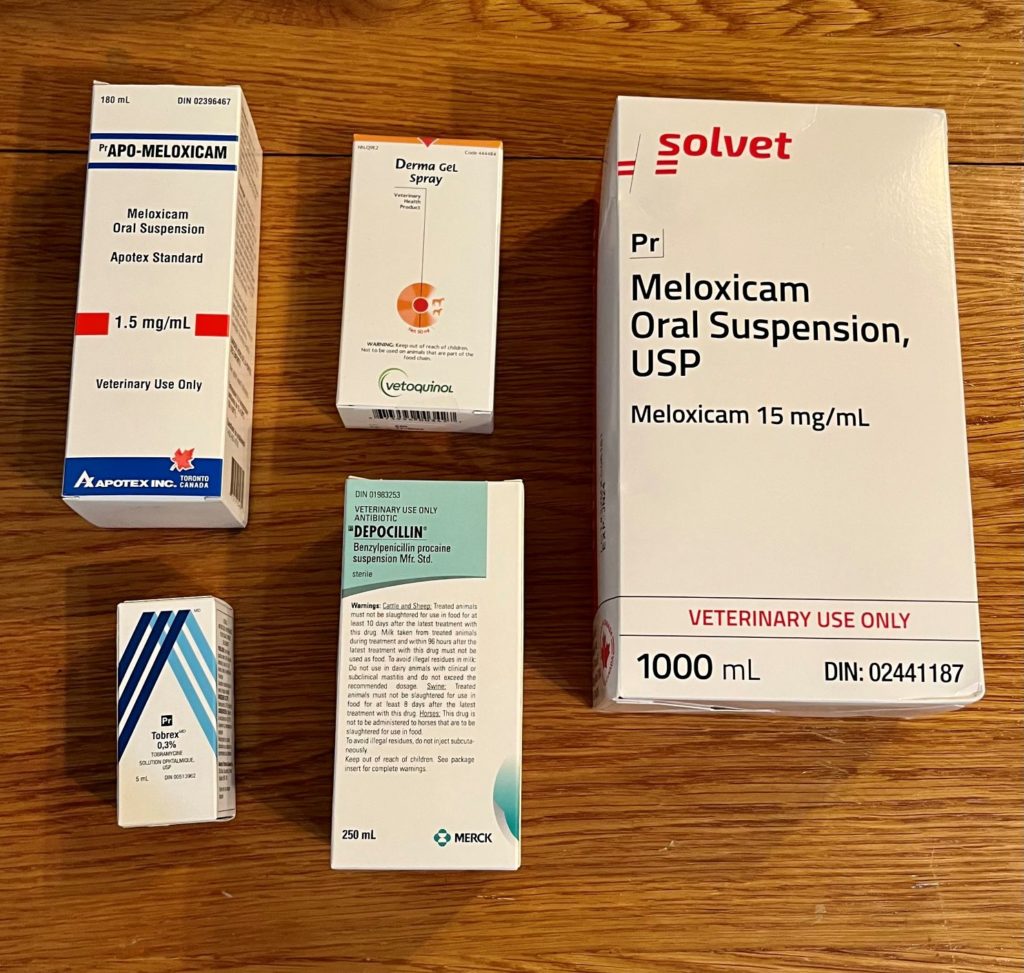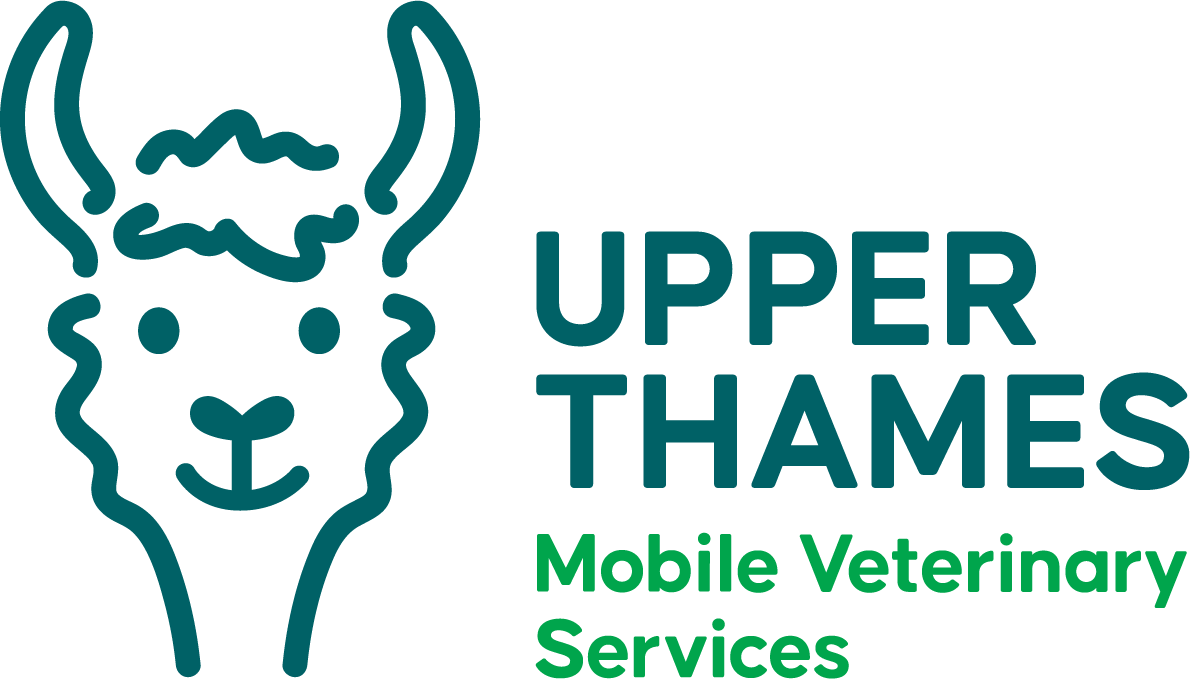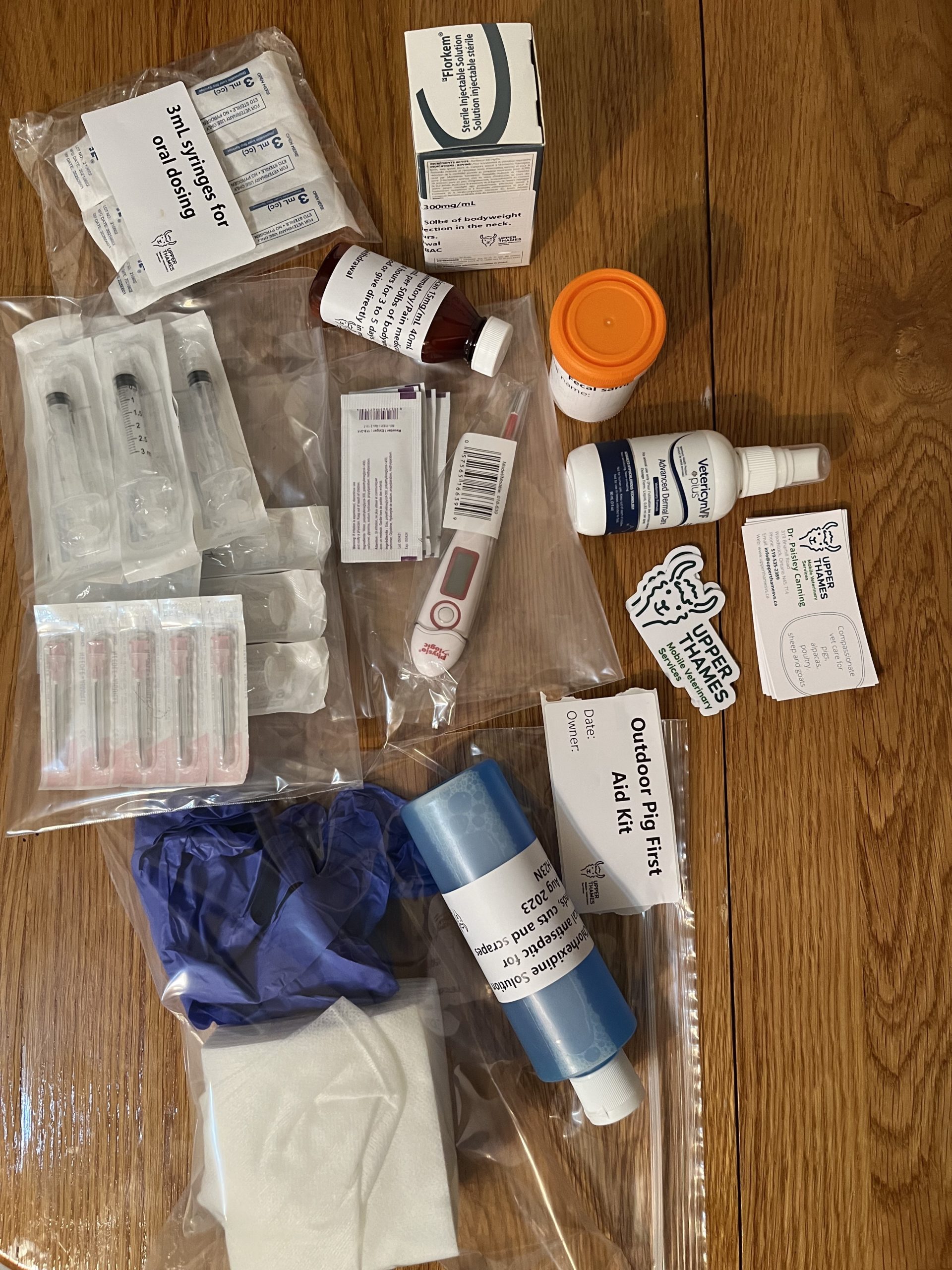When thinking about the daunting day to day tasks that are included with farm life, it s important prepare yourself for the possibility of injury and to be ready for if or when it does happen. Are you prepared to quickly handle a health scare or injury of your animals or pets?
With the dwindling number of large animal and mobile veterinarians, there is unfortunately no guarantee that you would be able to receive immediate veterinary care. Longer travel times between farm calls, high demand and extremely over booked schedules can also affect the ability of your veterinarian reaching you within days, or even a week of the problem initially occurring. Most clinics are more than happy to discuss cases or problems via tele-consult or over emails to try to aide in the time being, but having the supplies on hand can be crucial for this to be a helpful resource.
By having a first aid kit already on site, you can provide immediate care that can tie you over until veterinary care can be provided, or save you a costly farm call all together.
First aid kits can easily be acquired from your veterinarian. Some of the items are available from your local feed/supply store. The main items that you should have in these kits include the following:
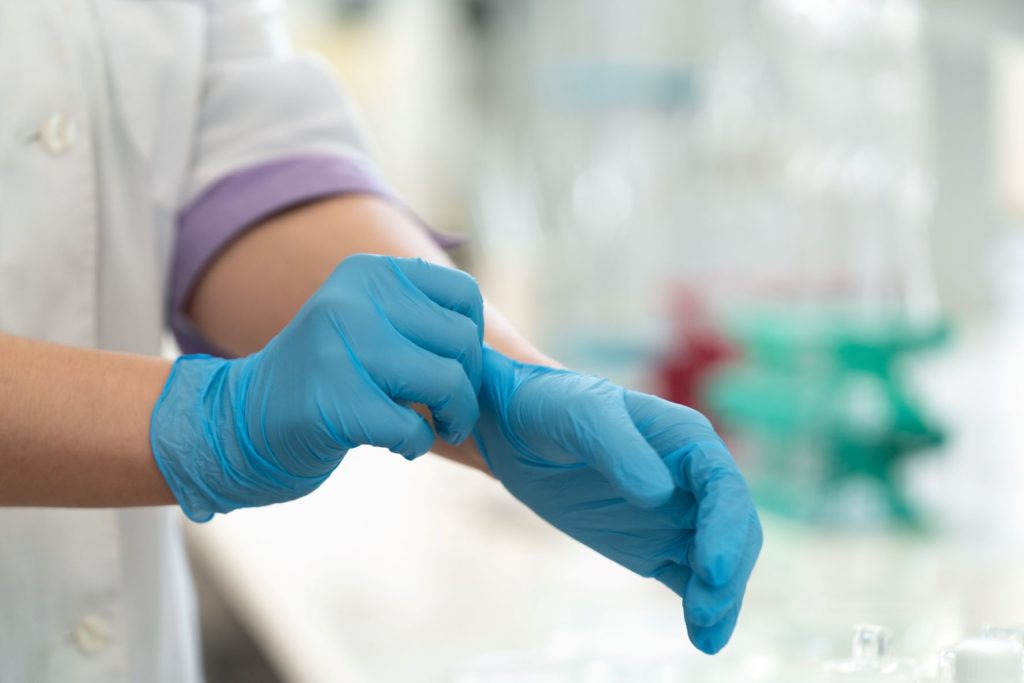
Non-Sterile Gloves: You might not know exactly what has happened with your animal or whether your animal has a contagious bacteria or virus.
It’s also best to reduce the chance of introducing anything that could be living on our hands when dealing with things like lacerations or open wounds. Let’s be honest, things can always get messy too and these never hurt to have around!
Thermometer & Lubricant: Fevers can creep up quicky and take a serious toll on animals when they become sick. It is handy to have one of these around to be able to report to your veterinarian if a fever has started so they can help advise on medications to give. Don’t forget lubrication!
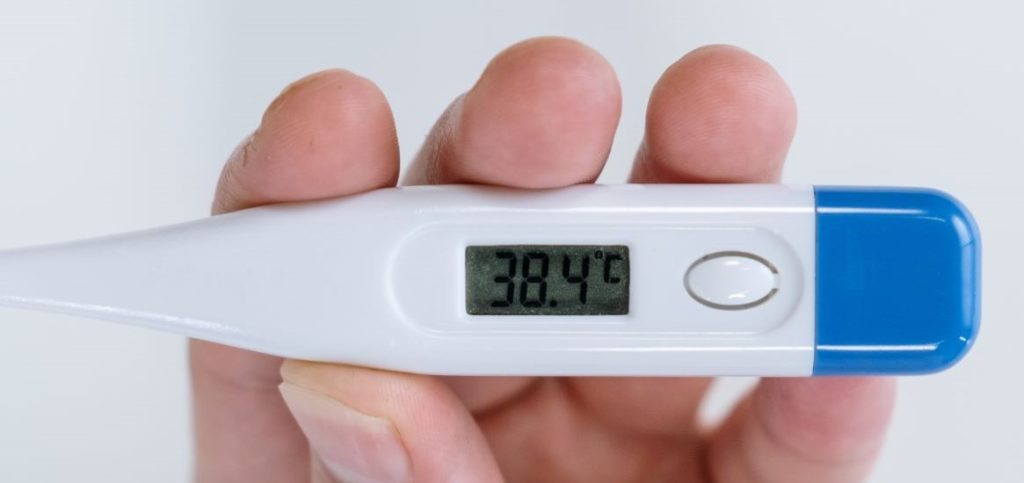
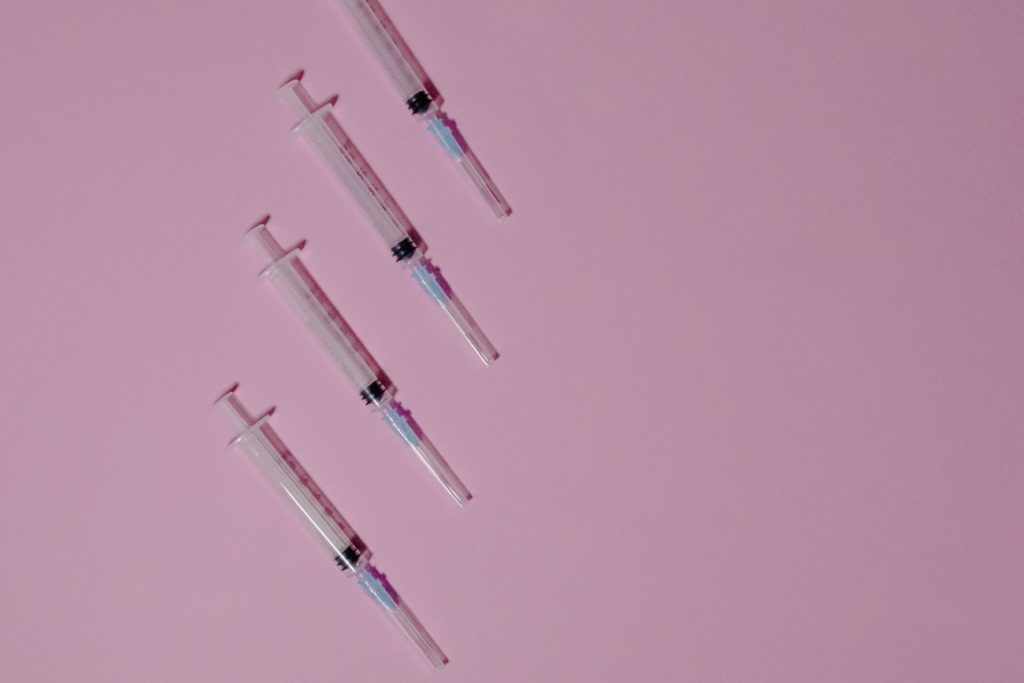
Syringes & Needles: In order to be able to give any type of medications or supplements that your veterinarian advises, these are a necessity. Ensure that you purchase a variety of sizes that seem fitting with the size of the animal you will be treating and that you always use a new needle and syringe
Antibacterial Cleaning Solution: One of the easiest ways to stop a wound or laceration from becoming an even bigger problem and to help prevent infection, is to clean the area as soon as possible. Gently give the affected area a good scrub, spray or both with some variety of antibacterial cleaning solution that is safe to use on animals.
There are many options out there to choose from such as chlorhexidine, betadine, etc., but speak to your veterinarian about what’s best for your situation.
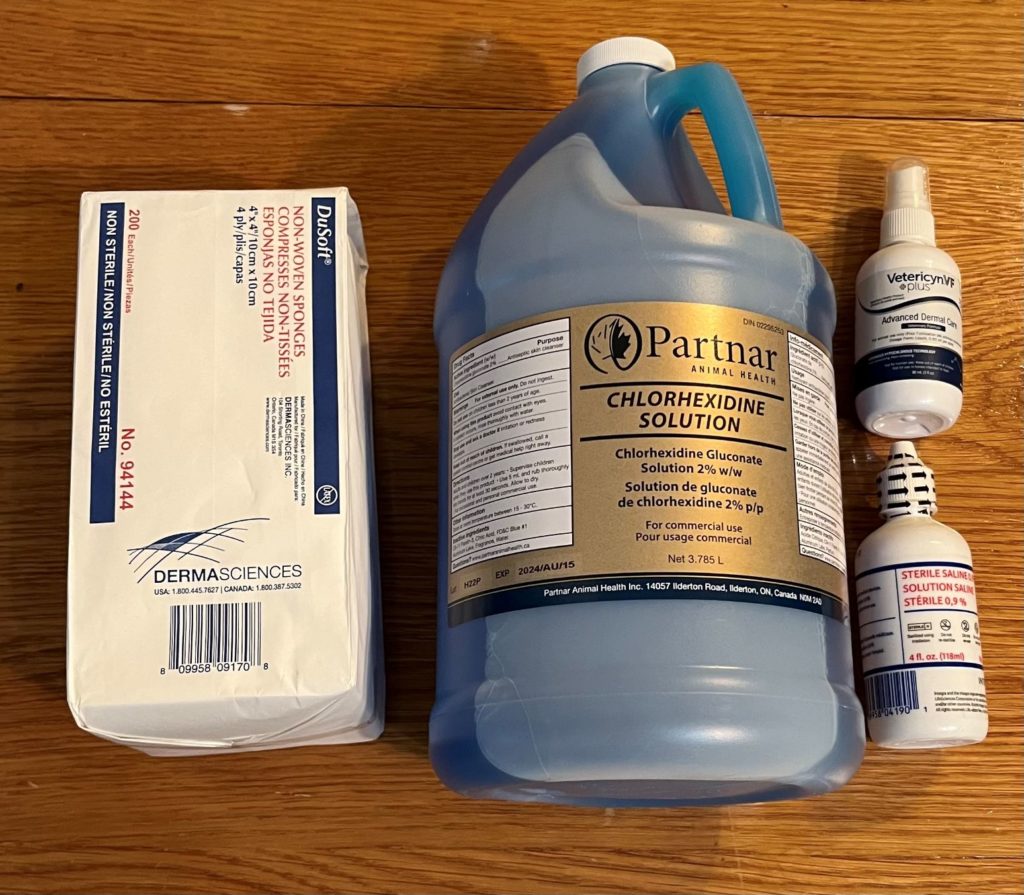
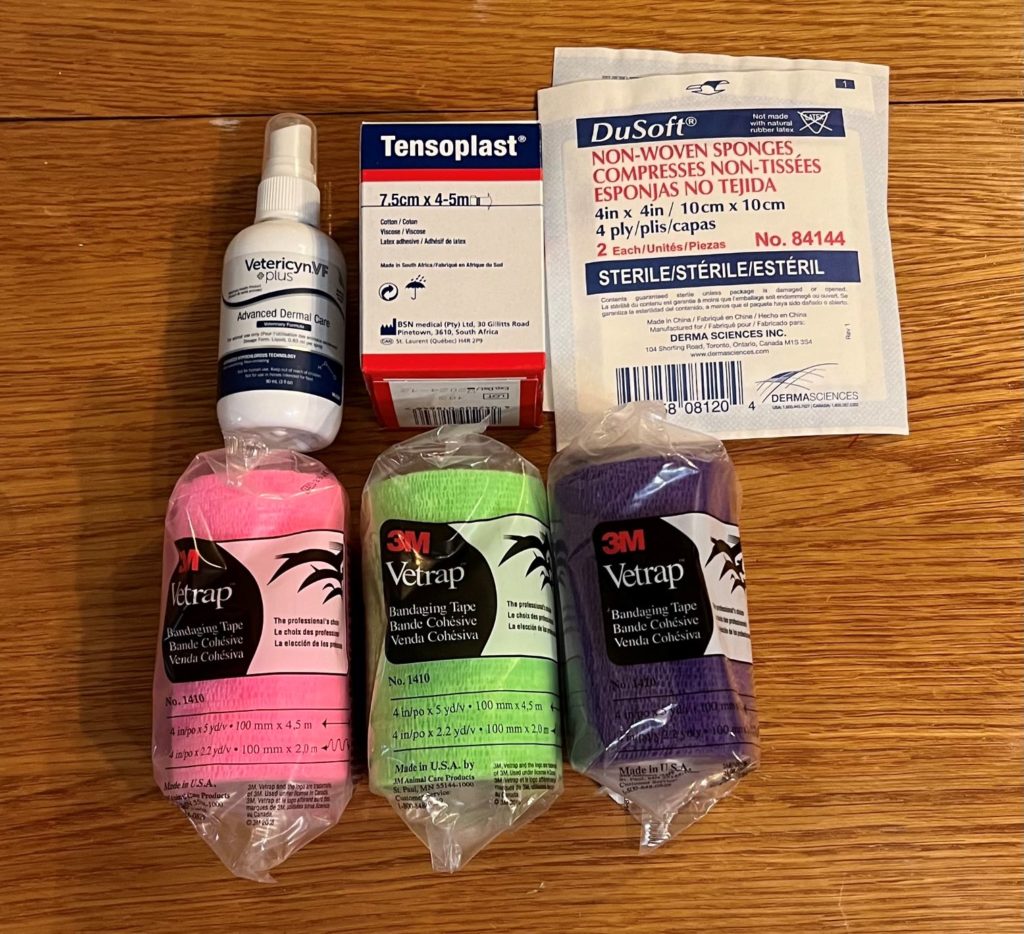
Bandaging Materials: For a bleeding wound, it is important to apply pressure and to create a padded area overtop to help with the animal’s comfort. This also works to create a barrier from outside contaminates entering the wound.
Ideally you should have on hand waterproof tape, gauze squares, and some type of bandage wrap.
Medications: Speak to your veterinarian about the types of medications that you should try to keep stocked in order to provide medical care under their supervision. These medications will be targeted towards the species that you own and some of the more generic problems that could occur.
These types of medications can include: antibiotics, mild pain relief, basic eye medications, anti-bloat for ruminants, etc.
